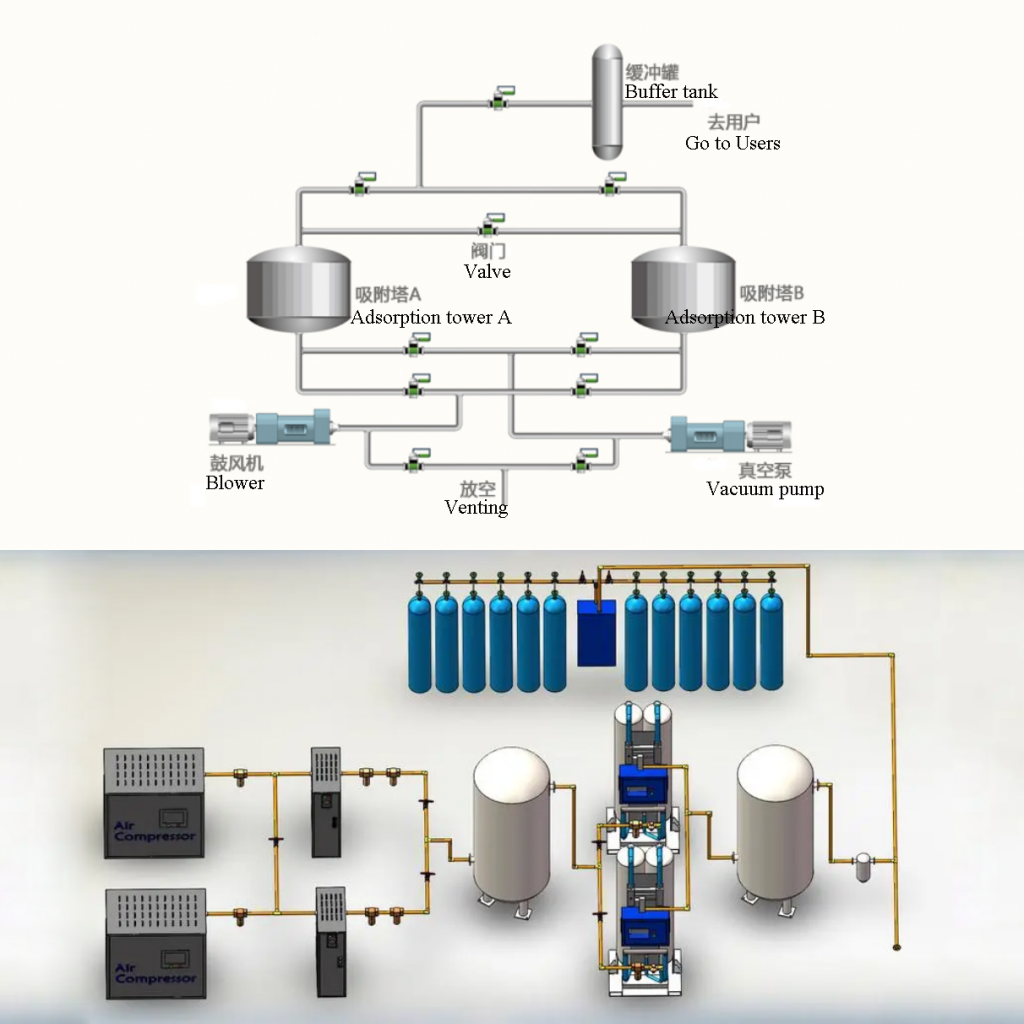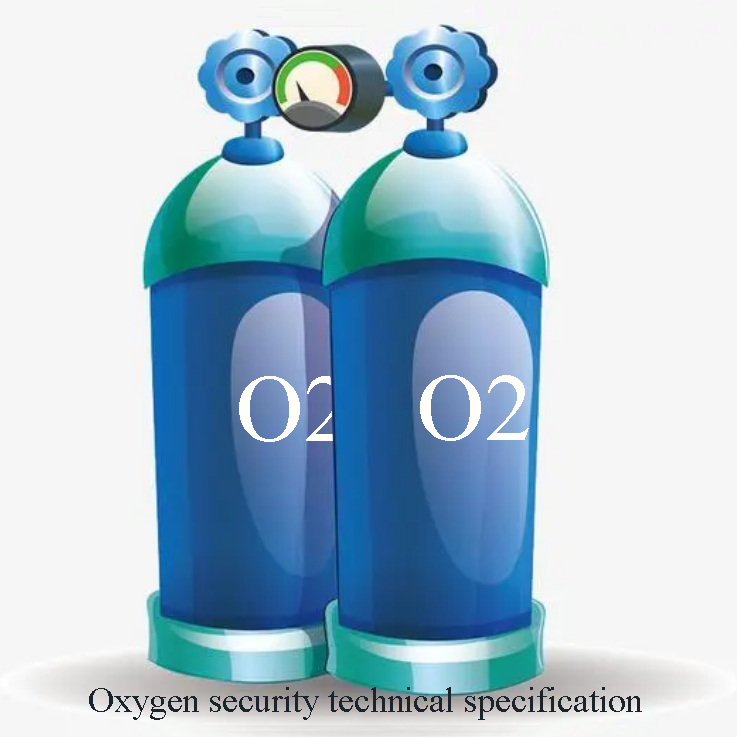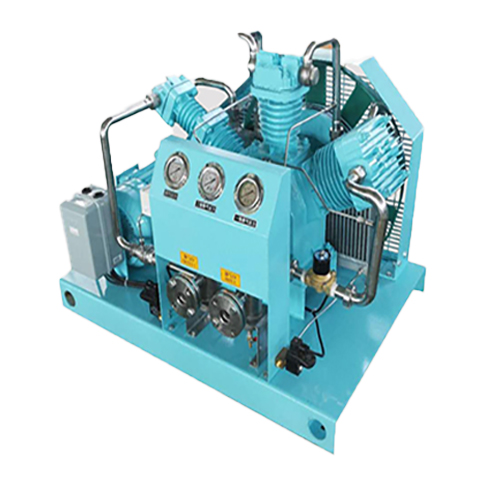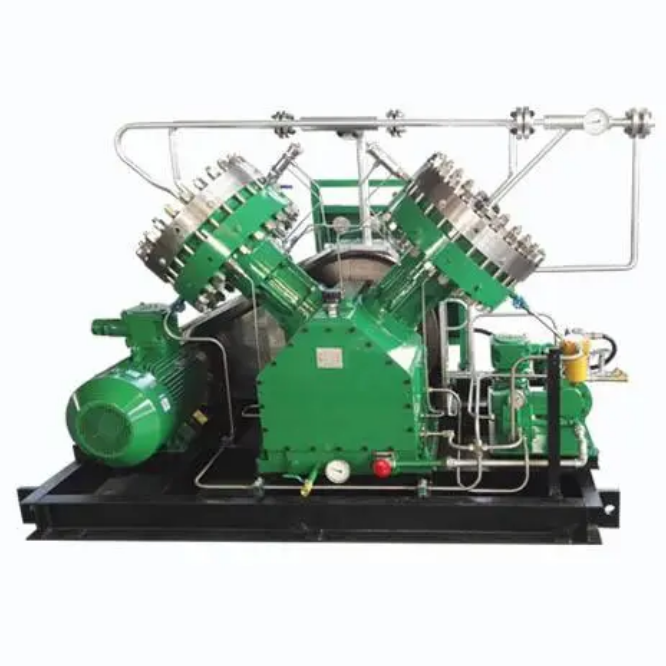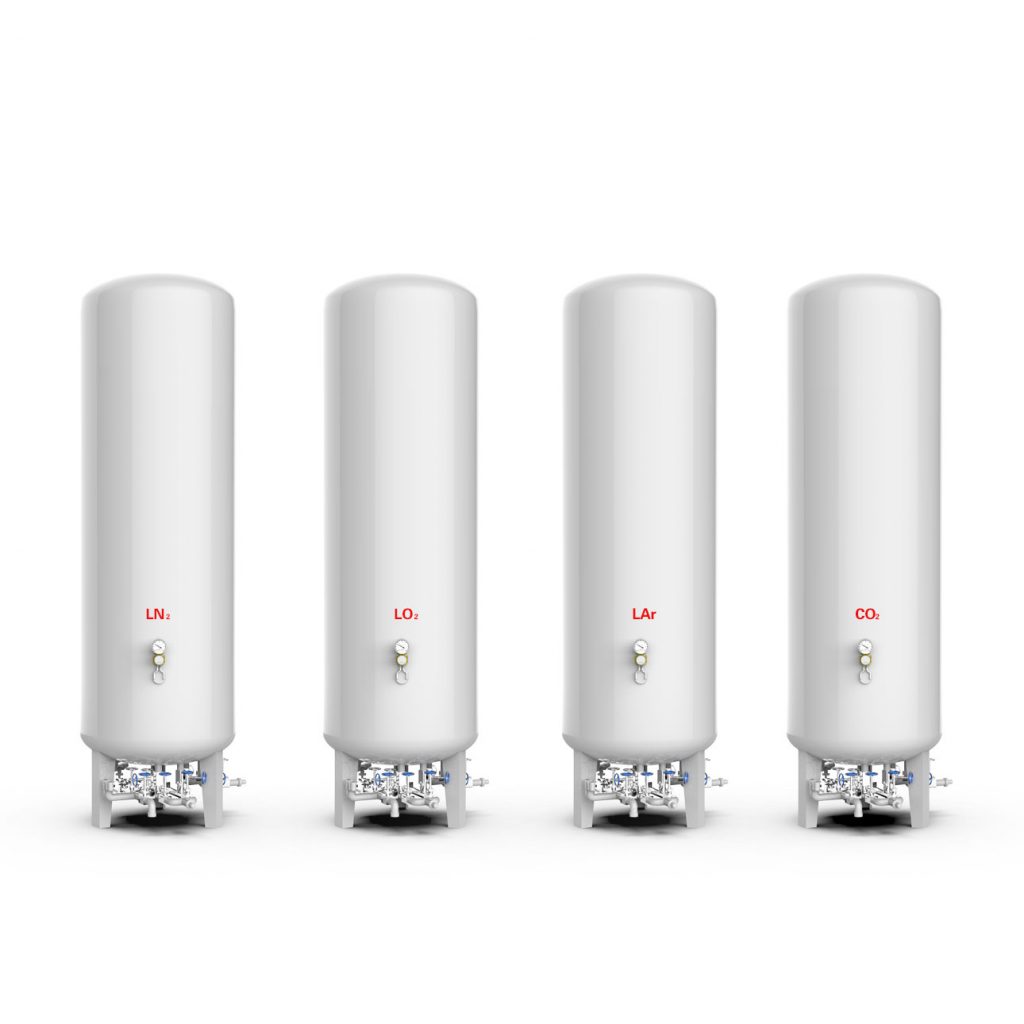Molecular sieve has a high affinity for H2O, NH3, H2S, CO2 and other polymer polarity, especially for water, in low partial pressure (even below 133 Pa) or low concentration, high temperature (even above 100 °C) and other very harsh conditions still have a high adsorption capacity.
1. Adsorption at low partial pressure or low concentration
At 30% relative humidity, the water absorption of molecular sieve is higher than that of silica gel and activated alumina. With the decrease of relative humidity, the superiority of molecular sieve becomes more and more significant, while silica gel and activated alumina continue to increase with the increase of humidity, and when the relative humidity is very low, their adsorption capacity is very small.
2. High temperature adsorption
Molecular sieve is the only available high-temperature adsorbent. At 100 °C and 1.3% relative humidity, the molecular sieve can absorb 15% of the water by weight, which is 10 times greater than the water absorption of activated alumina under the same conditions. And more than 20 times larger than silicone. Therefore, at higher temperatures, molecular sieve can still adsorb a considerable amount of water, while activated alumina, especially silica gel, greatly loses its adsorption capacity.
3. High-speed adsorption
The adsorption rate of molecular sieve for polar molecules such as water at low partial pressure or concentration is much higher than that of silica gel and activated alumina. Although the equilibrium water absorption of silica gel is higher than that of molecular sieve when the relative humidity is very high, with the increase of the linear velocity of the adsorbent, the water absorption rate of silica gel is less and less efficient than that of molecular sieve.
3.1. Ion exchange of molecular sieve
An important property of molecular sieve is that it can undergo reversible ion exchange. Through this exchange, the adsorption and catalytic properties of molecular sieve are improved, resulting in a wide range of applications (e.g. for demineralized water and wastewater treatment).
3.2. Catalytic performance of molecular sieve
Zeolite crystals have a uniform pore structure, and the size of the pore size is comparable to that of ordinary molecules; They have a large surface area. And the surface polarity is very high; Balance the negatively charged cations of the skeleton, which can carry out ion exchange; Some catalytically active metals can also be exchanged to introduce crystals and then reduced to an elemental state with a very high degree of dispersion; At the same time, the stability of the molecular sieve skeleton structure is very high. These structural properties make molecular sieve not only an excellent adsorbent, but also an effective catalyst and catalyst carrier.

